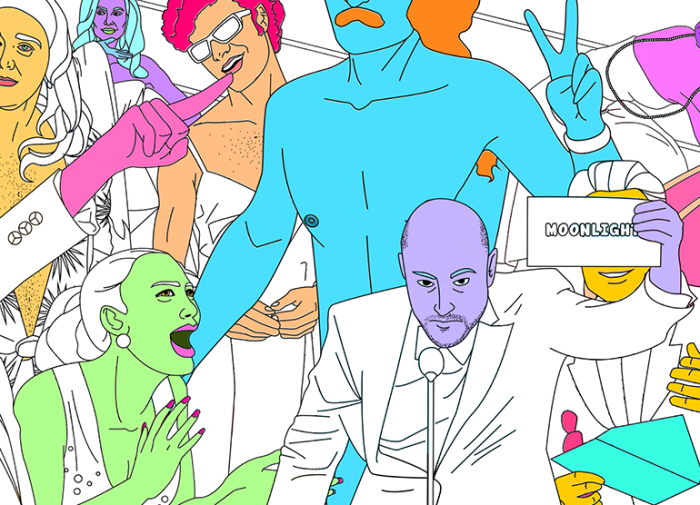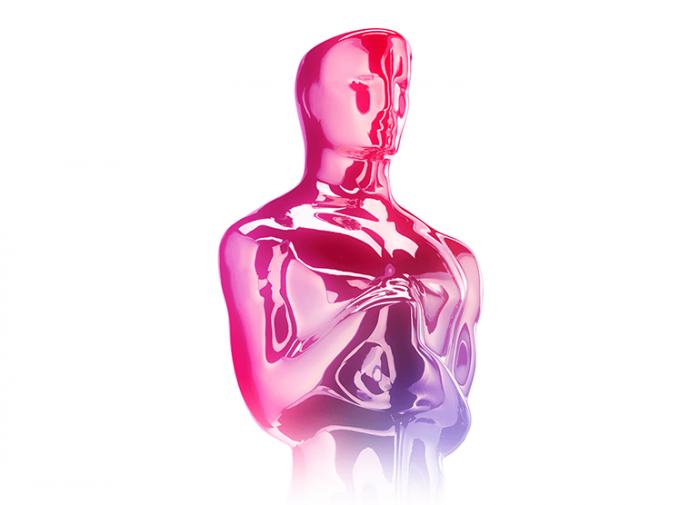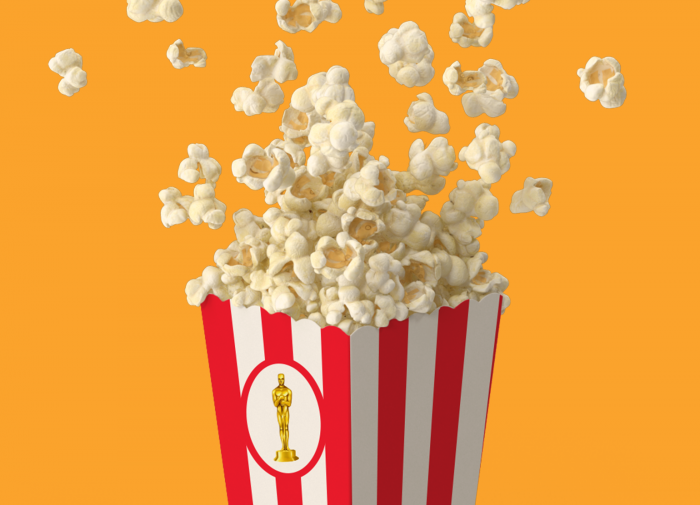Have you ever seen a big-budget blockbuster with its movie magic stripped away? It looks like, well, a bunch of adults playing dress-up in a big green warehouse. It’s impossible to imagine a modern movie without VFX—movie talk for visual effects—immersing the audience in the world on the screen. And although the Academy Award for Best Visual Effects is often overlooked (hey, who’s making more Hollywood martinis?), movies would be nothing without VFX artists.
Before the Oscars at the end of March, we’re breaking down a few of the categories that are especially relevant to visual creatives. First, we took a look at Best Cinematography, and up next is Best Visual Effects.
2021 Winner: Tenet (Andrew Jackson, David Lee, Andrew Lockley and Scott Fisher)
2022 Nominees:
Dune
Free Guy
No Time to Die
Shang-Chi and the Legend of the Ten Rings
Spider-Man: No Way Home
Dune
Paul Lambert, Tristan Myles, Brian Connor, and Gerd Nefzer
What made the 2021 adaptation of the celebrated but notably complex book? Its visual effects. Audiences raved about the special touches that brought the ornithopters, the characters’ shields, the logic-defying worms to life. The favorite in its category thanks in large part to its sheer scope, it’ll take a major comeback from any other nominee to steal this category from Dune.
Signature Shot: Any shot on the desert planet Arrakis. One of the innovative ways that the Dune VFX team helped to depict Arrakis was by using a sand-colored screen (in place of the traditional green screen) to ground the characters in their world. But the sand wasn’t all digital—about 18 tons of sand and dust were used in production.
Key Players: DNEG, a London-based studio, was responsible for the VFX on Dune. VFX supervisor Paul Lambert and special effects supervisor Gerd Nefzer have both previously won the Oscar in this category for Villaneuve’s Blade Runner 2049.
Free Guy
Swen Gillberg, Bryan Grill, Nikos Kalaitzidis, and Dan Sudick
Ryan Reynolds is Guy, a background character in a Grand Theft Auto-style video game who becomes sentient and takes control of his destiny. It superimposes visual effects onto the real world at nearly every turn, making heavy use of VFX to achieve some of that gratuitous video game action.
Signature Shot: Guy’s fight scene with his archnemesis and alter ego, the beefed-up Dude. To shoot it, the VFX team used face replacement technology, superimposing Reynolds’ face onto bodybuilder Aaron Reed. And because Reynolds had a part in both sides of this fight, it took multiple takes to film, with Reynolds alternating roles each time.
Key Players: Swen Gillberg, the film’s VFX supervisor, has been nominated for the second time in this category, though it’s his first as a supervisor. A number of VFX houses shared the responsibilities on this film, including Digital Domain, Industrial Light & Magic, Scanline, and Lola.
No Time to Die
Charlie Noble, Joel Green, Jonathan Fawkner, and Chris Corbould
Daniel Crag’s final Bond movie finds the legendary spy working with the CIA to locate a kidnapped scientist. And although the Bond franchise has a storied history of eye-popping action, No Time to Die became the first Bond film to be nominated in this category since 1979’s Moonraker.
Signature Shot: The movie’s opening scene, shot on the shore of a frozen Norwegian lake. In an interview with Art of VFX, supervisor Charlie Noble lauded fellow artist Chris Corbould for assembling “as many smoke machines as I’ve seen” to help set the scene’s mood. Director Cary Joji Fukunaga wanted for the lake to be covered with a thick, crystal-clear ice sheet, and while many of the shots for the scene were entirely practical, closer shots of the ice made use of a CGI build.
Key Players: The nominated artists for No Time to Die represent a mix of multi-time nominees and newcomers. Noble and Joel Green are being honored for the first time, while Jonathan Fawkner has three nominations to his name. This is Corbould’s sixth nomination, and the 13th for the Corbould family (his brothers, Neil and Paul, are also accomplished VFX supervisors).
Shang-Chi and the Legend of the Ten Rings
Christopher Townsend, Joe Farrell, Sean Noel Walker, and Dan Oliver
In Marvel’s first film with an Asian lead (also featuring an Asian director and predominantly Asian cast), Simu Liu’s Shang-Chi is drawn into a mythical quest by his father, the leader of the Ten Rings organization.
Signature Shot: The fight scene involving the two larger-than-life mythical dragons, the Dweller-in-Darkness and the Great Protector. Supervisor Sean Noel Walker told Deadline that because the audience knows the flying creatures can’t possibly exist in the real world, his team had to do everything in its power to make a viewer feel like they could reach out and touch the dragons.
Key Players: Townsend is frequently involved with Marvel movies—this is his third nom on one of the studio’s superhero films. Walker is a first-time nominee, while Joe Farrell and Dan Oliver each have one previous nomination in the category.
Spider-Man: No Way Home
Kelly Port, Chris Waegner, Scott Edelstein, and Dan Sudick
Although Spidey single-handedly saved the movie business in 2021, the Academy didn’t quite care. Visual Effects is the only one in which the record-breaking superhero flick is recognized.
Signature Shot: Juggling the conflicts and characters from three different Spider-Man franchises, not to mention folding in Benedict Cumberbatch’s Dr. Strange from the MCU, made No Way Home a shoo-in for a VFX nomination.
Key Players: VFX supervisor Kelly Port told ComicBook.com that his team turned in its work within days of the movie’s December release. And not only that, the artists continued working on shots for the video release or behind-the-scenes footage well into January, almost a month after the movie dropped.
And does one of these names sound familiar? Dan Sudick, an icon in the space with 12 total nominations, earned recognition for two different movies in 2022; he was also among the honorees for Free Guy. Though he’s still searching for a win, Sudick has worked primarily on Marvel projects over the past 15 years—he’s been part of 15 of the studio’s movies and two of its Disney+ series.



